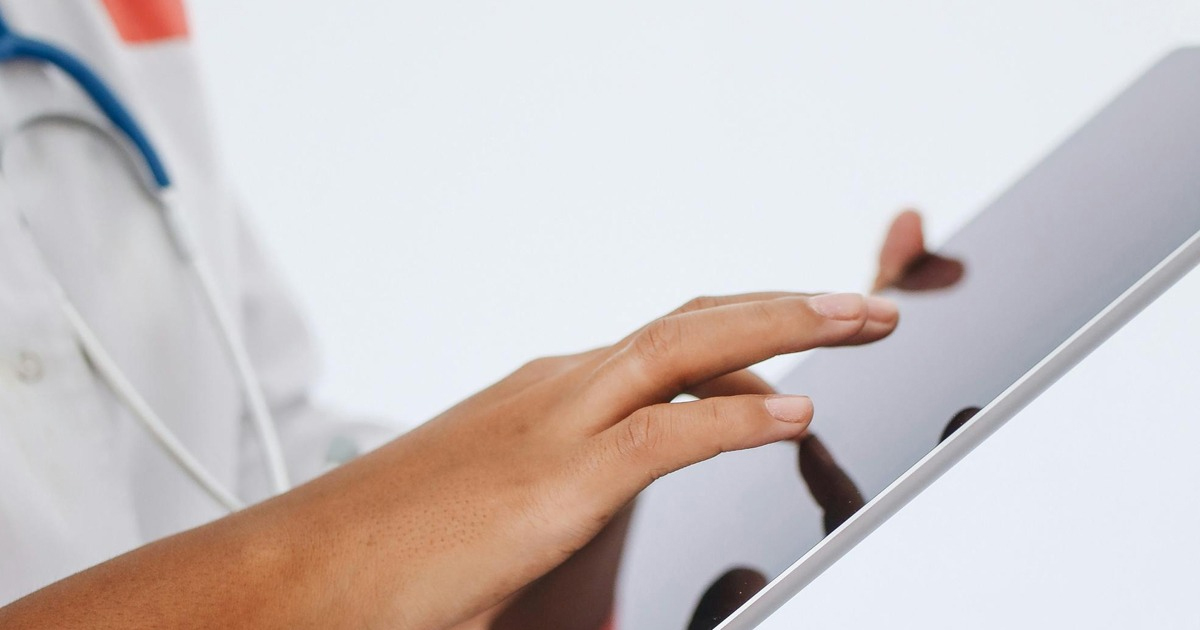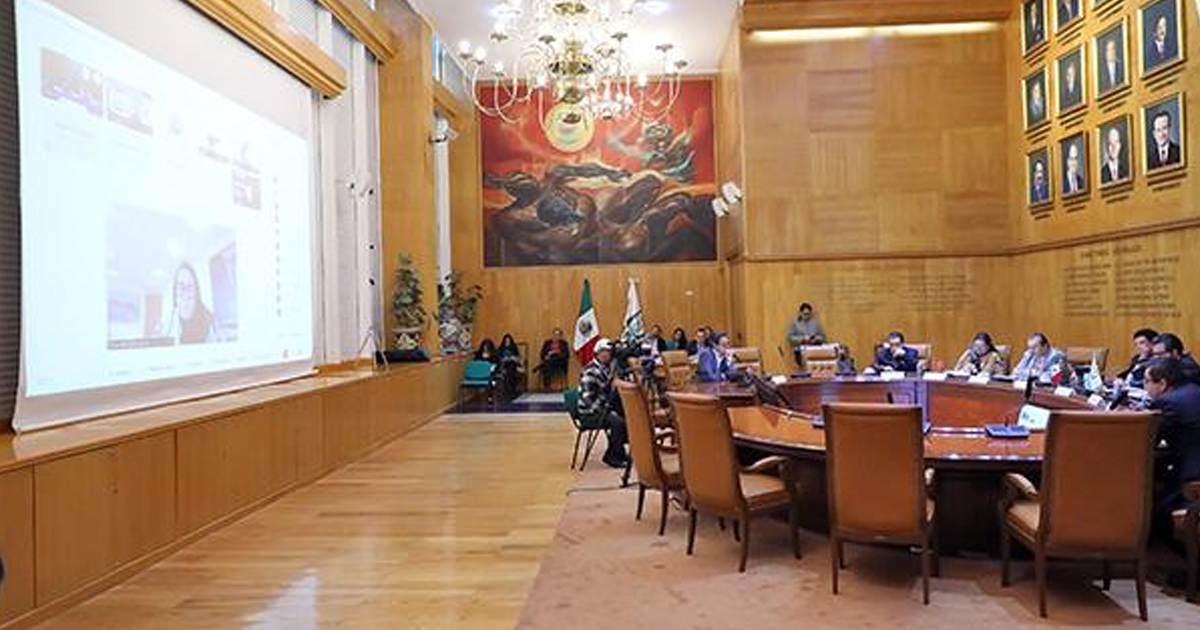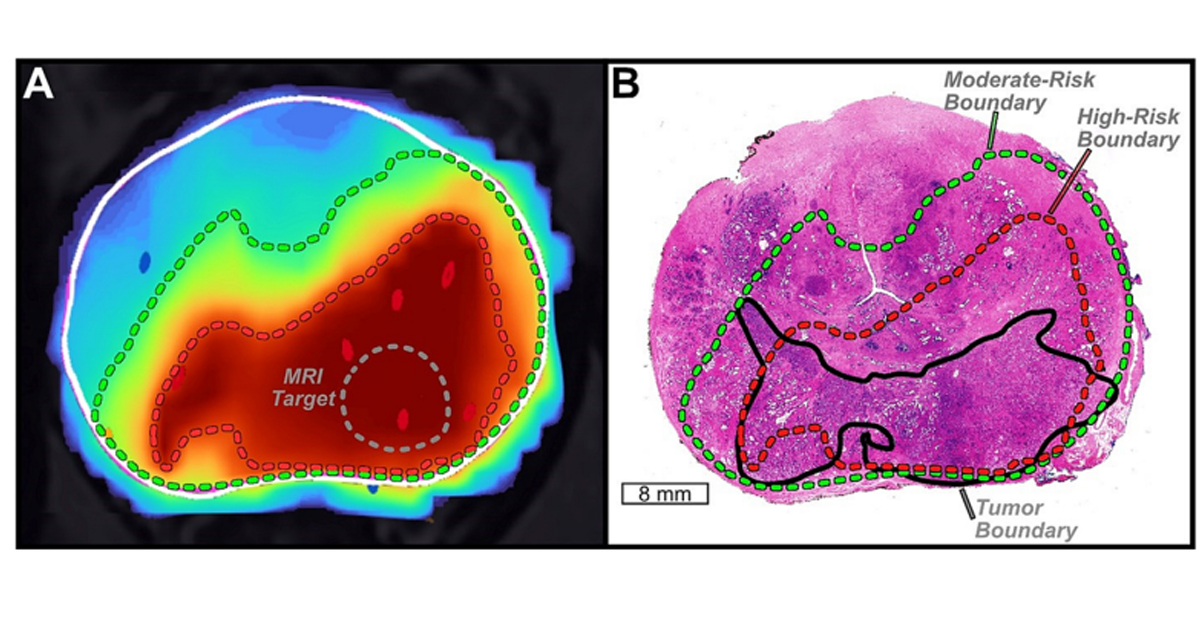Artículo publicado en The Lancet, analiza los tipos de tecnologías utilizados en respuesta a la pandemia, así como la preparación previa y los desafíos en la implementación de nuevas estrategias de Digital Health a futuro.
Al inicio de la crisis sanitaria y los contagios masivos, el tratamiento contra COVID-19 era una incógnita. Los esfuerzos durante un tiempo se enfocaron principalmente en el control y la mitigación de contagios. Países, generalmente islas, obtuvieron buenos resultados al utilizar vigilancia temprana, pruebas masivas, rastreo de contactos, y cuarentena estricta por mencionar algunas medidas. La adopción de la tecnología digital y su aplicación directa en las políticas de movilidad y atención médica lograron ser estrategias efectivas: “La tecnología de digital health puede facilitar la estrategia y la respuesta ante una pandemia de formas que son difíciles de lograr manualmente”, mencionan los autores de la publicación.

The tecnología digital es una herramienta para la preparación y respuesta ante una pandemia. Los recursos digitales disponibles han sido vinculados e integrados a las herramientas de vigilancia y seguimiento, pruebas, rastreo de contactos y la cuarentena.
For example, tracking strategies (either tracking), consisten en monitorear la evolución de la enfermedad en tiempo real, para las cuales se han utilizado tecnologías digitales como: Paneles de datos; mapas de migración; machine learning; datos en tiempo real de teléfonos inteligentes y tecnología portátil. Ha sido aplicado con éxito en países asiáticos como China, Singapur, y Taiwán, en europeos como Suecia y en América por Estados Unidos.
On the other hand, detección de infecciones, que consiste en examinar a la población para la detección de enfermedades, ha sido aplicada con éxito en China, Islandia, Singapur entre otros. Al utilizar tecnología como los termómetros digitales; aplicaciones para teléfonos móviles; cámaras térmicas; kits de herramientas basados en Artificial Intelligence (AI); y kits de herramientas basados en la web. Sin embargo, cuenta con algunas desventajas como la poca posibilidad de detectar pacientes asintomáticos a través de síntomas auto informados o el seguimiento de los signos vitales.
The Contact tracing, es sin duda uno de los pilares para el control de una epidemia en cualquier región. A través de sistemas GPS o de ubicación basados en aplicaciones de teléfonos móviles que detecta exposiciones al virus y, aplicaciones para el monitoreo remoto, es posible identificar personas expuestas o infectadas, para posteriormente aplicar pruebas y solicitar el aislamiento domiciliario.
As for quarantine and self-isolation, the Digital Health ha ofrecido algunas soluciones. De esta forma es posible aislar las infecciones de la forma más eficaz, aunado a las políticas que restringen los viajes fuera de país. Este tipo de estrategias han sido aplicadas en países que han gestionado de gran manera la situación sanitaria, algunos con mayor facilidad al tratarse de islas, como Australia, Islandia, Taiwán, sin embargo, también ha sido aplicado en países como China o Corea del Sur. Estos países han utilizado AI, cámaras y grabadoras, sistemas GPS, apps móviles y códigos de respuesta rápida.
The gestión clínica, también ha logrado un importante avance durante la pandemia, al buscar el diagnóstico oportuno de pacientes infectados y monitorear su estado clínico. A través de AI, científicos han logrado avances para predecir la evolución de la enfermedad. Por otra parte, los servicios de salud han integrado los servicios de telemedicine y atención virtual. Aplicado con éxito en Australia Canadá, Estados Unidos e Irlanda.







